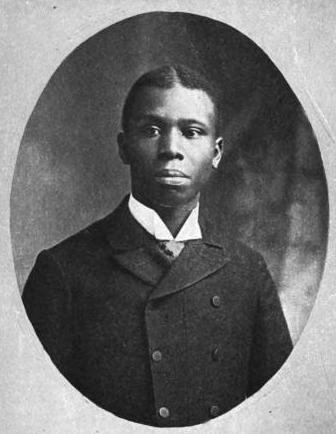 The former Dunbar School (Dunbar Preservation Society)LEXINGTON — The Diocese of Charlotte is planning to donate 10 acres and the historic African American Dunbar School in Lexington to nonprofit Preservation North Carolina, to help ensure the landmark is thoughtfully renovated and preserved for generations.
The former Dunbar School (Dunbar Preservation Society)LEXINGTON — The Diocese of Charlotte is planning to donate 10 acres and the historic African American Dunbar School in Lexington to nonprofit Preservation North Carolina, to help ensure the landmark is thoughtfully renovated and preserved for generations.
The diocese acquired the site for $100,000 in 2009 with hopes of working with developers to convert the school into affordable housing for seniors. Developers, however, have been unable to secure federal tax credits necessary to make the project feasible.
Preservation North Carolina, which promotes and protects historic buildings and landscapes, will assume ownership of the site, with plans of tapping into its broad network of development partners and additional funding sources including federal preservation resources. The property transfer is expected to be completed in July.
“We’re grateful for the diocese’s generosity and continued commitment to preservation, and we’re thrilled to have a new opportunity for the renovation of the Dunbar School for the benefit of the community,” said Cathleen Turner, Preservation North Carolina’s Piedmont regional director. “We’re already talking with parties who have the interest and know-how to renovate historic buildings. We’ll be working as quickly as possible to create an achievable development plan that is sensitive and appropriate.”
Built in 1951, the Dunbar School is named for renowned African American poet and writer Paul Laurence Dunbar, and served Black students before North Carolina schools were integrated. Its solid structure reflects an “interesting moment in the struggle to integrate schools,” said Preservation North Carolina President Myrick Howard.
“The Dunbar School was built when North Carolina was investing more heavily in African American schools with the hope of making them ‘equal,’” Howard said, “but Civil Rights cases were already raising questions about the future of the Jim Crow ‘separate but equal’ policy – which was ultimately struck down by the U.S. Supreme Court in 1954.”
Designed by the nationally renowned Lockwood Greene engineering company, Dunbar School underwent additions in 1957 and 1962, and finally in 1973 when an octagonal-shaped media center and cafeteria were added, creating a spacious, nearly enclosed outdoor courtyard. The school contains approximately 30 classrooms, a library, auditorium with capacity for more than 500 people, large cafeteria and gymnasium.
The site includes two tennis courts, a playground and a softball field, which have been operated as a park by the city of Lexington for the past decade – an arrangement that will continue.
“The historic Dunbar School property is such a unique asset with an incredible amount of potential for the community. We look forward to seeing all the good Preservation North Carolina can achieve,” said Anthony Morlando, the diocese’s director of Diocesan Properties and Real Estate. “We believe they have access to a broader array of resources that will be critical to development of the site, and we’re glad to play a small part of preserving the history and heritage of Dunbar School.”
Paul Laurence Dunbar was born in 1872, to two formerly enslaved people from Kentucky. He became one of the first influential Black poets in American literature and was internationally acclaimed for his dialect verse, and also penned numerous other poems, novels, essays and short stories. “Sympathy” was among his most famous poems, which included the enduring line: “I know why the caged bird sings,” an evocative image embraced as the title for another famous poet’s autobiography, Maya Angelou.
 Photograph of American writer Paul Laurence Dunbar. From the frontispiece to his 1897 poetry collection “Lyrics of Lowly Life.” (Wikipedia)An excerpt from “Sympathy,” 1899
Photograph of American writer Paul Laurence Dunbar. From the frontispiece to his 1897 poetry collection “Lyrics of Lowly Life.” (Wikipedia)An excerpt from “Sympathy,” 1899
I know why the caged bird sings, ah me,
When his wing is bruised and his bosom sore,—
When he beats his bars and he would be free;
It is not a carol of joy or glee,
But a prayer that he sends from his heart’s deep core,
But a plea, that upward to Heaven he flings—
I know why the caged bird sings!
— Paul Laurence Dunbar


